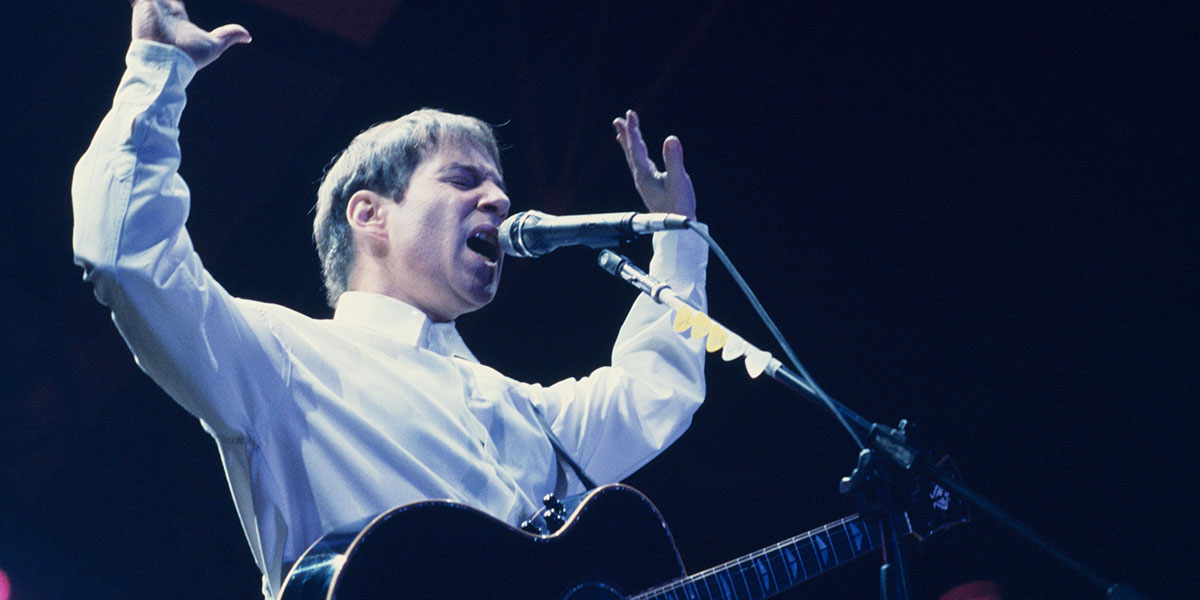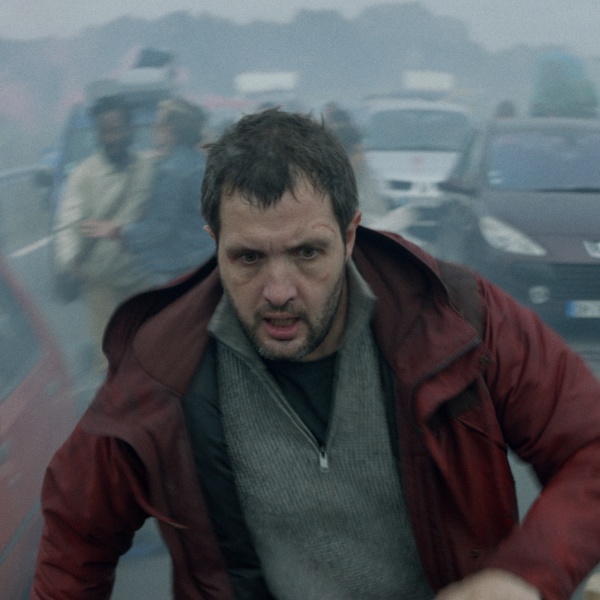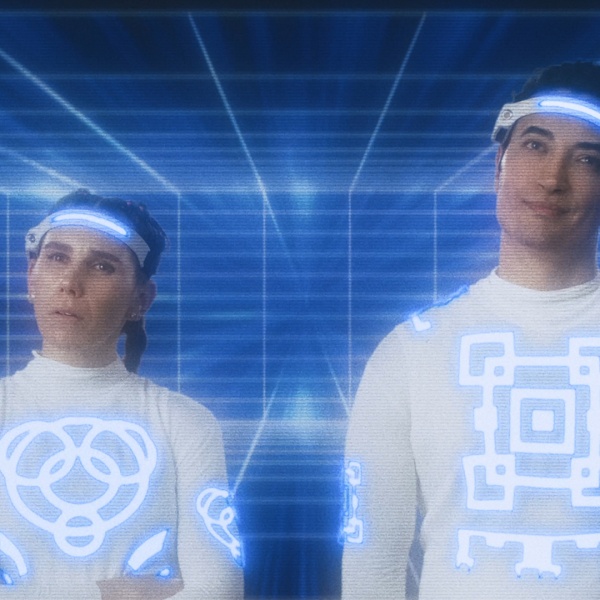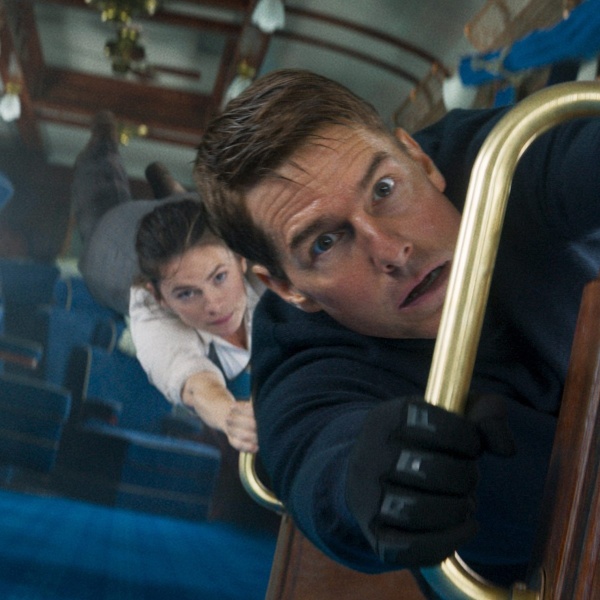Paul Simon wanted a documentary. He was a fan of Alex Gibney’s 2015 “Sinatra: All or Nothing at All” and asked the Oscar-winner (“Taxi to the Dark Side”) to consider devoting a documentary to him on the occasion of recording his 15th album, “Seven Psalms” (Owl Records and Legacy Recordings, 2023).
The result is “In Restless Dreams: The Music of Paul Simon,” which had its world premiere as an all-rights sales title at the Toronto International Film Festival. It has a running time of three and a half hours. However, the capacity audience at the Princess of Wales theater didn’t fidget and gave Simon a rousing standing ovation. On stage, he admitted that he didn’t have the courage to watch the film in the theater, and asked if he got a standing ovation. The crowd jumped up for a second time. “And it’s my birthday,” he joked. (It’s actually October 13.)
Going in, Gibney was afraid that Simon “would be a dick,” he told me at TIFF. “He had that reputation of being extremely difficult.”
That’s not what Gibney experienced. The movie reveals a more fragile side of Simon, who turns 82 this year, partly because he’s dealing with losing his hearing. “He allowed us to see him in a vulnerable place during creation,” said Gibney. “It’s not like we hung out with him and Edie [Brickell] at home, but in the music-making process, he allowed us to see him in a very vulnerable spot.”
Gibney also saw what performance gives Simon. “When we showed up with our cameras, Paul as a performer raised his game,” said Gibney. “He enjoyed the cameras because it got him out of his own head.”
The music-bio genre, not to mention its length, suggests a streaming acquisition and splitting the film into at least two parts. However, Gibney said he also would love a theatrical release and defends the length.
“As a kid, I remember going for ‘Lawrence of Arabia’ and watching those long movies,” he said. “In this case, we thought about cutting it down, but it honestly felt that the story and and the man’s career justified it. We watched it a few times when we’re mixing it all down and felt like it played. I sent it to Rick Linklater, and he was like, ‘Oh, man, I just didn’t want it to stop.’”
Is the length why an acclaimed director and an international music icon is still seeking distribution? “We had some investors who were hugely enthusiastic about the film,” said Gibney, “and we thought, ‘This is a film that’s going to sell.’ We wanted it to be seen and heard in a big environment [where] you’re hearing the music. And we let the music play at length.”
The movie sustains its running time thanks to Simon’s extraordinary, still-robust body of work that’s familiar to generations of fans. Artists from Rihanna to Vampire Weekend still cover his songs. “He’s one of those artists that has stood the test of time,” said Gibney. “I felt bad that some of my favorite songs I couldn’t even put in the movie. How does that happen? I’m the director, I should be able to put them in!”
Plenty was left out; the original cut was four and a half hours long. “We did a long bit about [his failed Broadway musical] ‘The Capeman,’” said Gibney. “Everyone thinks about ‘Oh, Paul’s folly,’ but the music is beautiful. One of the people that he would write demos with is Carole King. We had some cool demos of him and Carole King singing. But it was three and a half hours already.”

The Simon and Garfunkel story is fascinating — some may forget that a remixed “The Sound of Silence” rescued their early career, and that the duo who parted acrimoniously reunited briefly for a concert tour after their hugely successful Central Park Concert. They did not get back together again, despite pressure from recording executives who wanted the harmonies and Garfunkel’s sweet-voiced appeal.
Simon proved over and over that he was capable of huge global popularity on his own. “When you’re somebody who succeeds at that level,” said Gibney of Simon, “you don’t want the next album to be, ‘Oh, nobody listens.’ Once you’ve been a part of the zeitgeist, you want to continue to be part of the zeitgeist.”
The marvel of this movie is the intimate, off-the-cuff material in the recording studios. Often, the sound engineer puts up pre-recorded tracks and Simon sings along for camera, working out the songs and playing with odd instruments like the chromelodeon. And we watch his chum Wynton Marsalis offer feedback, as he often did.
Simon’s impromptu singing became an issue in the editing. A known control freak, Simon contracted for control over the music mix; Gibney wanted the real thing, flat notes and all. They reviewed all the takes and fit them together so there were no flat notes.
The movie is vérité, with most of the interviews used as audio. There’s also a deep dig into the archives, especially Simon’s own, which revealed the dailies from a historic “Graceland” concert with Miriam Makeba in Zimbabwe. Simon’s comic timing is in evidence on his many appearances on his pal Lorne Michaels’ “Saturday Night Live,” which contributed to his growing fame.
“We struggled a little bit with that because there was a lot more ‘Saturday Night Live’ we might have included,” said Gibney. “There was the famous post 9/11 ‘Saturday Night Live’ where he sings ‘The Boxer’ with the firemen behind him, and the one where he comes out as a Thanksgiving turkey.”
Next up: Gibney is working on “Musk,” a documentary portrait of billionaire Tesla and SpaceX entrepreneur Elon Musk (HBO Documentaries) as well as prepping his first fiction feature, “Two Wolves,” an alternate take on the Vietnam War My Lai massacre starring Viggo Mortensen and Caleb Landry Jones.





